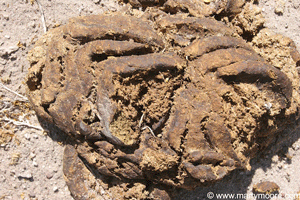What's in Fertilizer...
Fertilizers typically contain six macronutrients and seven micronutrients.
Macronutrients include: nitrogen, phosphorus, potassium, calcium, magnesium and sulfer.
Micronutrients include: boron, chlorine, copper, iron, manganese, molybdenum and zinc.
Granular or Liquid...
Granular fertilizers are generally slow-release, applied to the soil and taken up by the roots.
Osmocote is another type of fertilizer, timed-release, which
releases nutrients over several months or a specific time period. Great for containerized plants.
Liquid or foliar fertilizers are considered quick-release and are applied to the foliage, where they are quickly absorbed. If a plant is severely deficient, applying fertilizer via the foliar method will usually give quicker results.
Yellowing leaves...
Many trees and shrubs in the desert Southwest are deficient in iron, causing iron chlorosis, with high soil pH being the main reason for most iron deficiencies.
Leaves with iron chlorosis will have a yellow color with dark green veins. In severe chlorosis even the veins may be yellow and the whole leaf my turn white, outer edges may scorch and turn brown.
Photenia
is highly susceptible to iron deficiency, see photos. Foliar applications of chelated iron will give the quickest response, however that treatment is not complete and should be combined with soil applications of iron chelate.
Organic or inorganic...
Choosing between organic or inorganic fertilizers is mainly based on personal preference.
Organic fertilizers may consist of fish emulsions, bat guano, chicken poop, cow manure or many other naturally produced ingredients.
Inorganic fertilizers are usually more potent and chemical based, releasing their nutrients over a longer period, but over time, those chemicals can build-up in the soil.
Try to go organic whenever possible!
Click here for Organic fertilizers


a.gif)
a.gif)